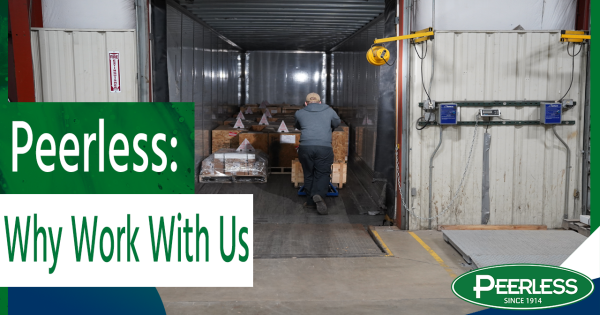Video Gallery
Watch videos on various topics including industrial hose safety, component kitting, financial costs of steam systems, and more – through FAQs, webinar recordings, training videos, etc.!
Resource Center
Watch videos, download datasheets and get technical insights from the application engineers at Peerless.

Expansion Joints vs. Metal Hose - with Hose Master
As part of the Peerless eLearning webinar series, this is a recorded webinar with our partner Hose Master, to discuss the topic of Expansion Joints vs. Metal Hose.
This discussion covers the following:
– How an Expansion Joint and Metal Hose function
– Pros and Cons of Expansion Joints
– Pros and Cons of Metal Hose
– When to use one over the other
Submit the form below to watch the recording!

Watch Training Videos on Metal Hose & Expansion Joints
Want to learn more about Metal Hose & Expansion Joints? These eLearning training videos give you access to knowledge and expertise that will help ensure your operations run as safely and efficiently as possible.
Why Choose Peerless?
As a leader in industrial process solutions, we uphold the importance of building safe, reliable piping systems engineered to be efficient and sustainable for years to come.
- ISO 9001:2015 Certified
- On-Time Quotes
- Quick Turnaround Times
- On-Time Deliveries
- Application Engineering Support
- Extensive Partnerships
- Advanced ERP & MRP Systems
- 3D CAD/CAM Software
- AML Friendly
- On-Line Chat Support




